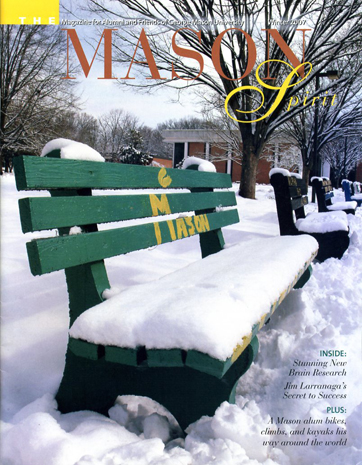Alexis Glenn and Evan Cantwell of GMU’s Creative Services came to class to talk about photojournalism. They provided us with many tips on how to take great, professional photos for our stories.
Key Ideas:
- Anticipating the unexpected and expected
- Finding the right angle to shoot
- Shooting photos that don’t look staged
Glenn and Cantwell told us that it is important to get to events early and to stay there late. “No matter how mundane, you never know what’s going to happen,” Cantwell said.
Since most of our class is composed of writers — rather than photographers — they gave us a metaphor for angles. Being stuck in one angle is like repeating a paragraph of a story over and over again. This makes sense, being that if you can only take photos from one position, there’s only so much you can portray.
Technical Aspects
Glenn and Cantwell also talked about the technical side of photojournalism. You need to understand your equipment and surroundings. Taking the light source into account is a major factor. If the light is poor, the photo will lose its intended effect.
- Shutter controls ambient light levels
- Aperture affects artificial light levels
- The rule of thirds should be taken into account when there is sufficient time to shoot

